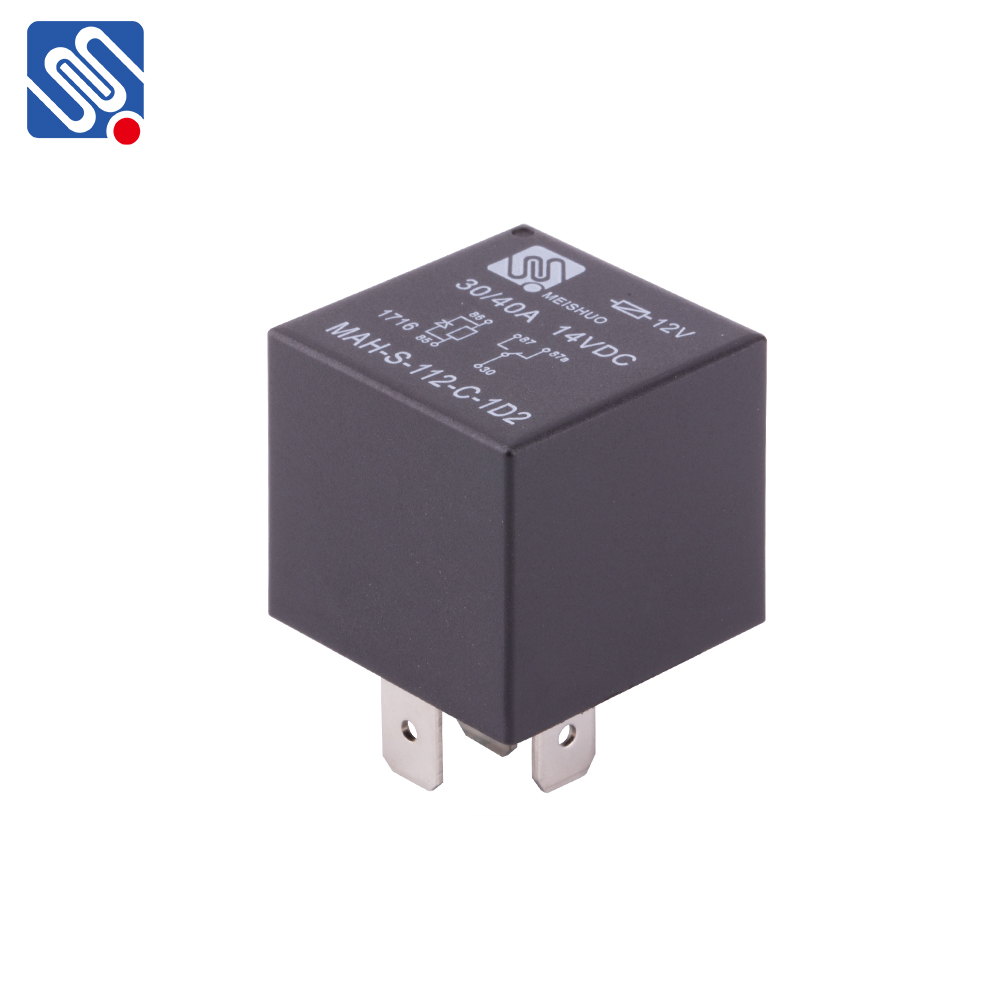Relays are fundamental electrical components widely used in control circuits, automation systems, and electrical protection systems. A relay functions as an electrically operated switch, allowing low-power signals to control higher-power circuits. Its importance in various industries, including automotive, telecommunication, and industrial automation, cannot be overstated. To effectively choose and use a relay, it’s essential to understand its key characteristics. These characteristics determine how the relay behaves under different conditions, ensuring reliable and efficient performance in a wide range of applications.

Contact Configuration One of the primary relay characteristics is the contact configuration. Relays typically have normally open (NO), normally closed (NC), and changeover (CO) contacts. Normally Open (NO): This configuration means the relay contacts remain open when the relay coil is not energized. When the coil is energized, the contacts close, allowing current to flow through the connected circuit. NO contacts are commonly used in applications where the circuit should be open under normal conditions and closed only during specific events. Normally Closed (NC): In this case, the contacts are closed when the relay is unpowered and open when the relay coil is energized. NC contacts are useful in situations where the circuit should remain active under normal conditions and should only break when the relay is triggered.
Leave a Reply